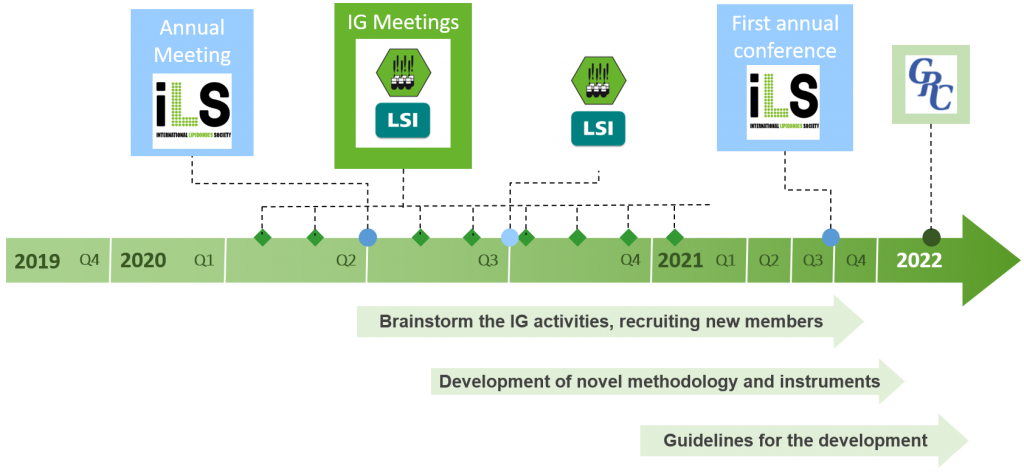Instrumental and Methodological Developments
The aims of this interest group are multifactual. The main ones include, but are not limited to, (1) developing novel lipidomics methods; (2) standardizing existing analytical methods; (3) exploring new methods and applications when a novel type of instrument becomes commercially available; and (4) making suggestions to the manufacturers for new instruments which could have broad potentials for lipidomics applications and/or meet demands from the lipidomics field. Overall, our goal is to aid the field to establish comprehensive and quantitative workflow(s) in a cost-effective, highly reproducible, and automated manner.
There are still high demands on novel methods including mass spectrometric imaging for analysis of many classes of lipids, particularly those that are in low abundance, unionizable, and/or lack of characterized fragments in a quantitative and automated manner. On the other hand, previous studies demonstrated that there exist huge differences of measured values of lipid concentrations between methodologies or laboratories. It is apparent that standardization and harmonization of these existing methods are urgent for development of the lipidomics discipline.
New mass spectrometers with novel technologies are constantly being developed. The applications of these new instruments for lipidomics are very attractive to many of us. Hope our group discussion could bring these novel technologies to immediate and broad applications. Exchange of our ideas and experiences on certain types of instruments and applications leads to the emergence of new methods and applications of the instruments. We believe any demands on instrumental features could make vendors developing novel instruments. Incorporation of users’ demands into the design of new instruments should facilitate rapid development of lipidomics analysis.
Steering committee:
Erin Baker, USA
Shane Ellis, Australia
Andrej Shevchenko, Germany










